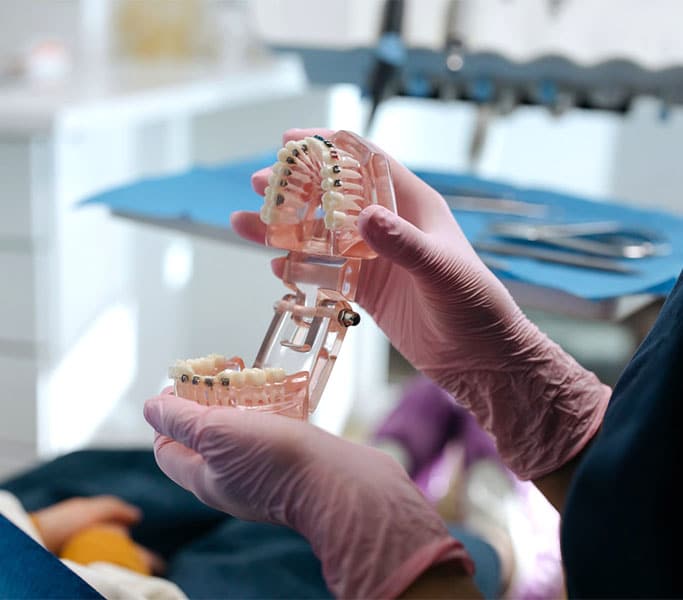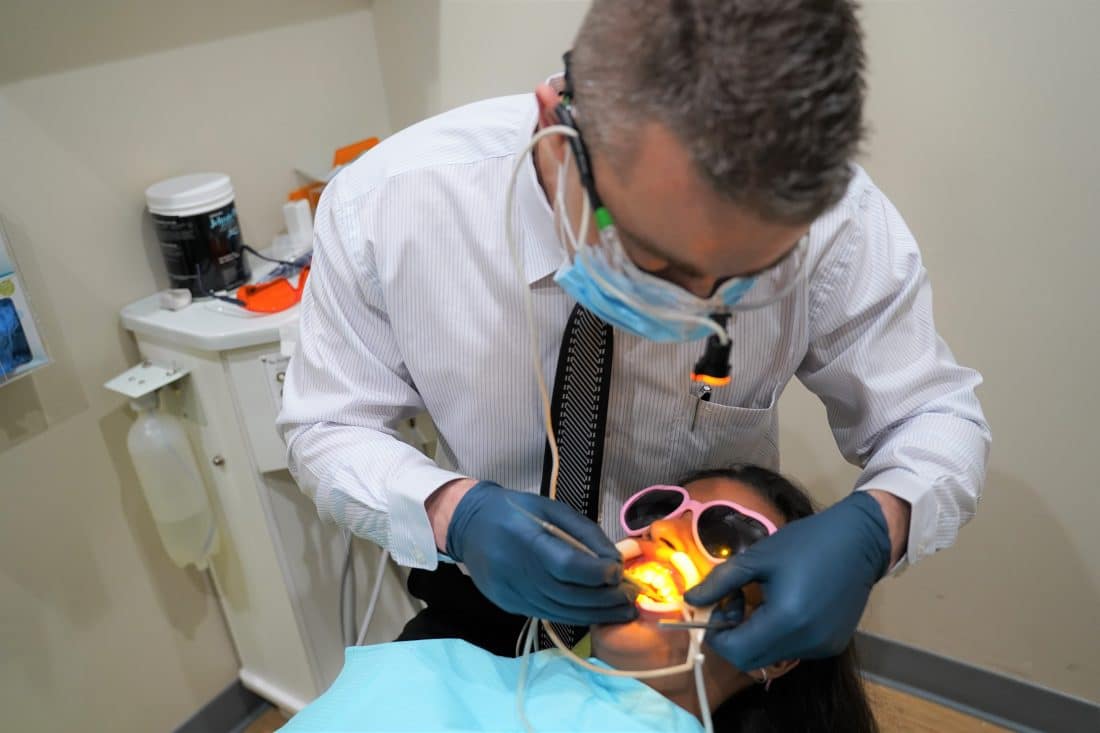Braces, those special tools for straightening teeth, can make a big difference in your smile. When everyone talks about braces, they often think of them on top teeth. But what about bottom teeth? There are various braces color ideas that may help you in the alignment of your teeth. Are bottom teeth braces a good idea? The points mentioned below may help if braces are right for you.
Do You Need Braces for Bottom Teeth?
Your Dentist's Advice
- The first step is to see your dentist. They will check your teeth and tell you if braces are needed.
- Your dentist can also recommend an orthodontist. Orthodontists are experts in braces and can help with a detailed plan.
Problems Braces Can Fix
Crooked Teeth: If your bottom teeth are not in line, braces can help straighten them.
Overcrowding: When your bottom teeth are squished together, braces can make more space.
Bite Issues: If your top and bottom teeth don't fit together right, braces can adjust your bite.

Types of Braces for Bottom Teeth
Traditional Braces
- These are the ones we see most often. They have metal brackets and wires.
- Traditional, affordable braces near me can work for both top and bottom teeth.
- They are strong and effective.
Lingual Braces
- These are a bit hidden. They go behind your teeth.
- Lingual braces can be a good choice if you want your braces to be less visible.
- They work well for bottom teeth.
Clear Aligners
- Clear aligners are like clear trays that fit over your teeth.
- They are less visible than traditional braces.
- Clear aligners can be used for both top and bottom teeth.
How Long Will You Need Braces?
You will need a variety of braces, so consider asking about adult braces cost from the dentist. It can be as short as a few months or up to a few years. Your orthodontist will give you a timeline. Following your orthodontist's advice is key to getting good results.

Caring for Braces
Keep It Clean
- With braces, it is important to keep your teeth and braces clean.
- Brush and floss carefully. Special instruments can support this.
- Regular dental check-ups are essential to make certain your teeth and braces stay healthy.
Watch What You Eat
- Some foods can damage braces. Avoid hard or sticky items.
- Your orthodontist will give you a list of foods to be careful with.
Pain and Discomfort
- When you first get braces, your teeth might feel sore.
- Pain relief can be found in over-the-counter pain relievers.
- Wax can be used on braces if they irritate your cheeks or lips.
In Conclusion
Your smile and oral health can both be greatly enhanced by bottom-tooth braces. Whether you go with transparent aligners, lingual braces, or traditional braces, it is crucial to heed the recommendations of your orthodontist or dentist. It is important to take care of your braces, watch what you eat, and accept that some discomfort is common while your teeth adjust. You will be able to look forward to a stunning, healthy smile in the end. Thus, if you are considering getting braces on bottom teeth only, speak with professionals and start down the path to a bright, self-assured smile.